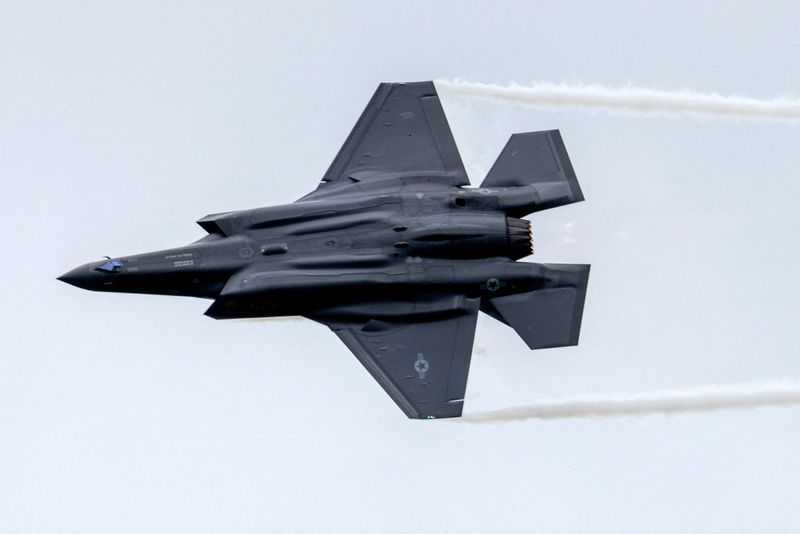Moody’s downgrades Senegal to Caa1 amid rising debt concerns
Investing.com -- The Pentagon has completed a successful test of a long-range radar in Alaska that can detect missile threats from Russia or China, potentially becoming part of the Golden Dome missile defense shield.
The Long Range Discrimination Radar (LRDR) demonstrated its ability to acquire, track, and report missile target data during tests on Monday, according to a Pentagon statement released on Tuesday. These capabilities are essential components for the Golden Dome program, a $175 billion initiative designed to protect the United States and possibly allies from ballistic missiles.
Located at Clear Space Force Station in Central Alaska, the radar was built by Lockheed Martin (NYSE:LMT) and integrates with the existing Ground-Based Midcourse Defense missile defense system. The technology aims to enhance the effectiveness of interceptors currently stationed in Alaska and California, which stand ready to counter incoming missiles from Iran or North Korea.
The test was conducted jointly by the U.S. Missile Defense Agency, U.S. Space Force, and U.S. Northern Command. It involved a target developed by the Missile Defense Agency that was air-launched over the Northern Pacific Ocean. The target traveled more than 2,000 kilometers (1,243 miles) off southern Alaska’s coast before being successfully tracked by the radar system.
The Golden Dome missile defense shield represents an ambitious effort to establish a network of satellites capable of detecting, tracking, and intercepting incoming missiles.
This article was generated with the support of AI and reviewed by an editor. For more information see our T&C.
